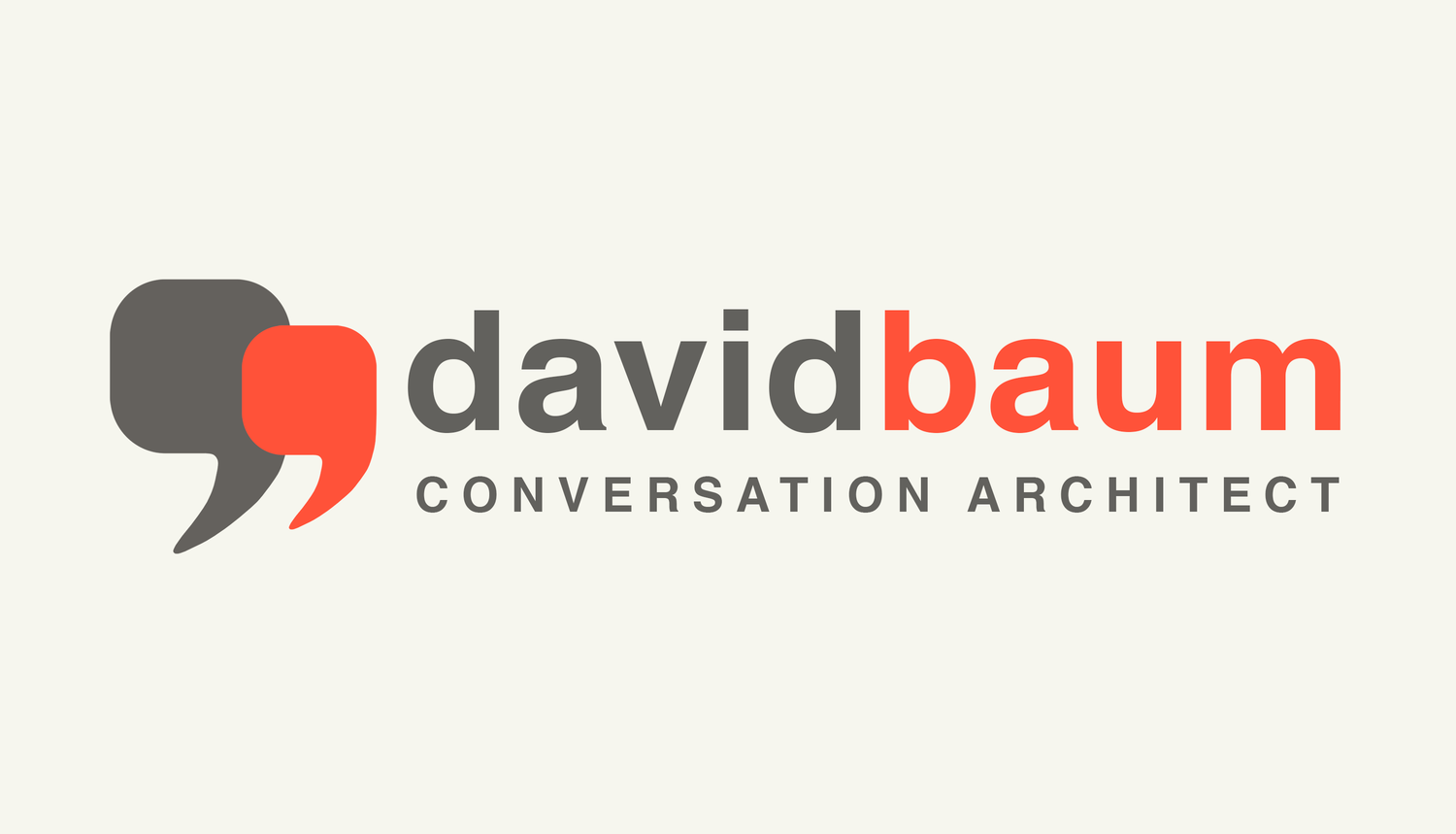We
(image via Unsplash.com)
After the game the king and pawn go in the same box.
-Italian proverb
A frequent small exercise I have client groups engage in is to say, “Close your eyes. Now please point to true North.” When they open their eyes, typically fingers are going in every direction, including up! I couldn’t care less whether they actually know true North, but the metaphor is whether the individual fingers in the room are all pointing to the same place. This is the notion of we.
You hear the word a lot. “We are in this together”, “We need to be a better team”, “We must all get on board”, “We need to better communicate with each other”—these are but a sampling of comments from almost all most any business setting on any given day. But what does “we” really mean?
“We” is a feeling shared by people who work in any system. “We” means that every “I” understands the big picture and that when “I” act independently I am mindful of the larger organizational focus. In an accelerated and complex environment it is the best definition I know of for teamwork; that when I act, I may not seek the agreement or input of everyone I work with, but I keep the well-being of the whole in mind and behave accordingly.
The “whole” is defined as the composite of critical individual roles and jobs, the larger mission and vision, and the business environment in which one operates. It’s not everything, but it is everything that has meaning.
Moving an organization from “I” to “we” is no easy task. In a culture that relishes self-sufficiency and individualism, leaders who push for change are running against the tide of independence. What helps is to make sure you consistently provide everyone in the organization with the bigger picture of where you are, where you are going and why you are going there. John Kotter of Harvard University, a leading research voice on why change efforts fail, says you probably need to do it ten times more than you are actually practicing. Think about it. Whatever you are doing communication wise, do it at least five times more to be even remotely safe.
This can have a huge positive impact. Because the more everyone understands the bigger picture, the more connected, engaged and responsible everyone will be to the whole. This helps to meet the larger goals while better leveraging all talent.
Peter Drucker, the great management theorist wisely wrote, “No organization can depend on genius; the supply is always scarce and unreliable. It is the test of an organization to make ordinary human beings perform better than they seem capable of, to bring out whatever strength there is in its members, and to use each one’s strength to help all the others perform. The purpose of an organization is to enable common people to do uncommon things.”

